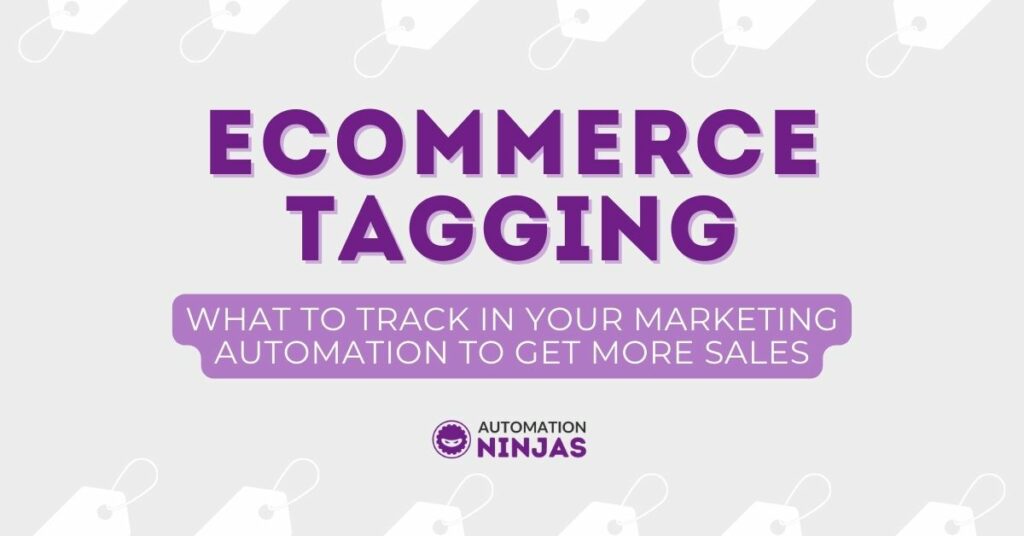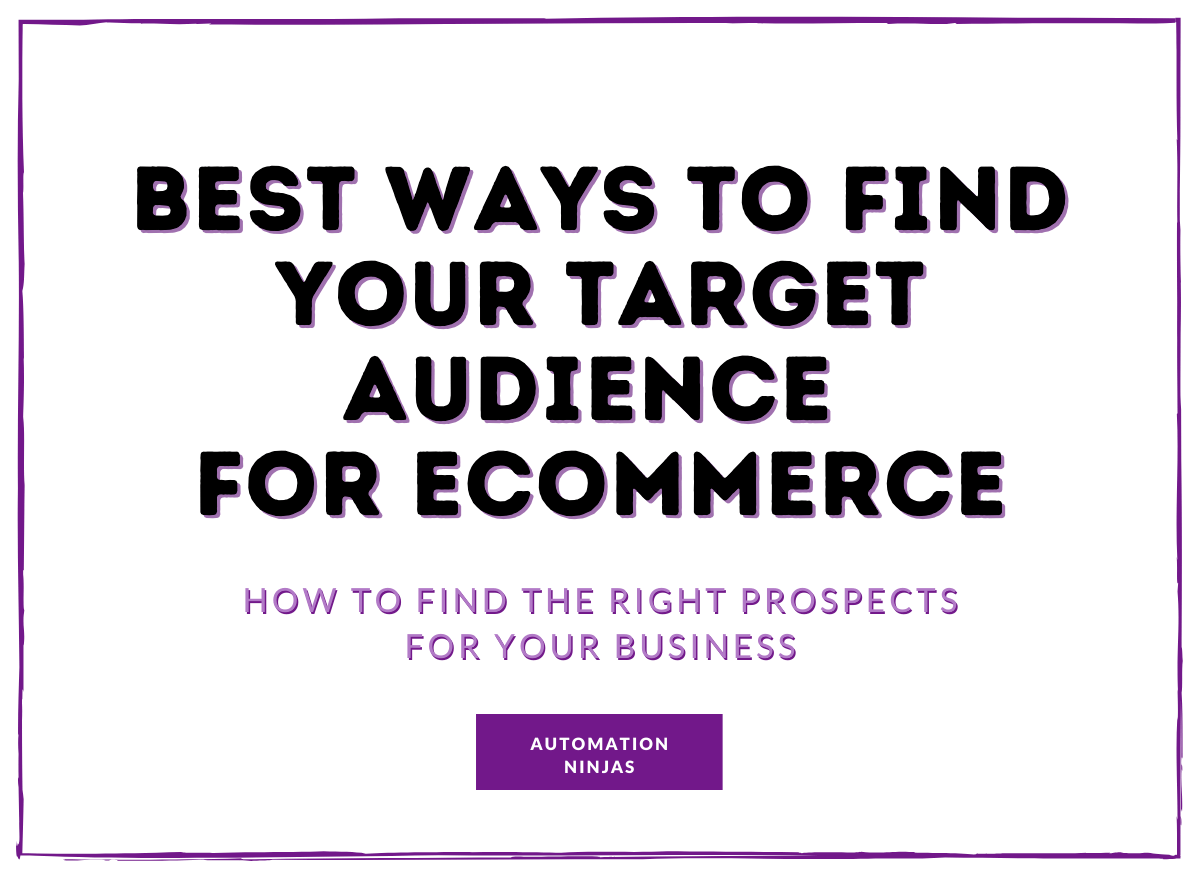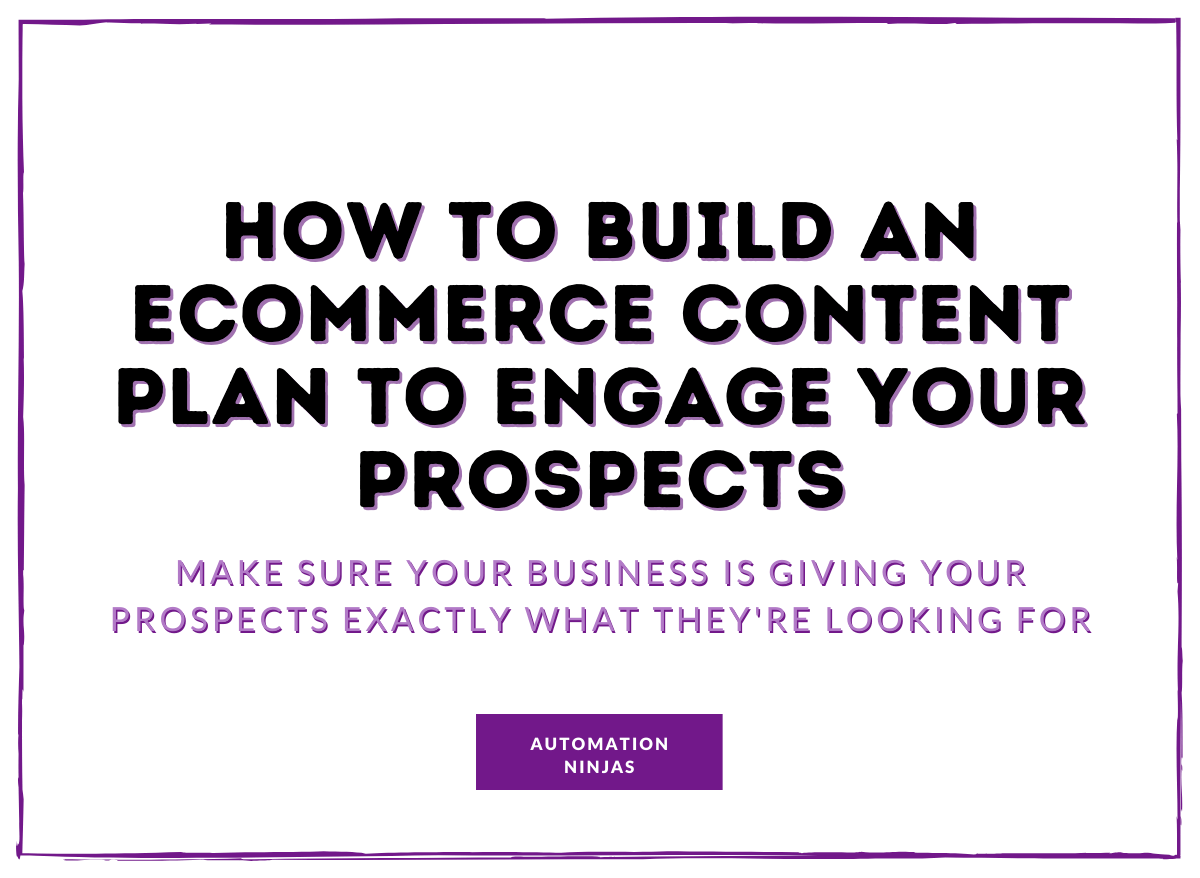The most successful eCommerce businesses make decisions based on metrics. We're talking eCommerce tagging here.
There are thousands of metrics you can track, but only a few of them directly represent the state of your business and can be turned into actionable insights that help you grow.
We're going to talk about some of the most important things to be tracking and tagging for your eCommerce tagging strategy
When you’re tracking the above properly you’ll get more sales, you’ll have increased conversion rates, and you’ll have happier customers who come back and buy more.
We'll take a closer look at these four metrics you should be tracking using excellent eCommerce tagging inside your marketing automation platform. Let's go!
Lead Score Tagging for Ecommerce
What is Lead Scoring?
Lead scoring is a shared sales and marketing methodology for ranking leads in order to determine how hot a prospect is.
You score leads based on the interest they show in your business by assigning points to them. Ie.. 30 points for submitting a webform, 10 points for downloading a PDF etc….
Lead scoring helps companies know whether a prospect is ready to make a purchase, or needs to be developed with lead nurturing.
Different actions can then be taken depending on a prospects score. If they have a high score and so are considered to be a hot lead, then you can trigger them straight into a sales campaign.
If they have a lower score, and need a little more nurturing you can trigger them into a Long Term Nurture campaign.
Lead Source Tracking and Tagging for eCommerce
Firstly, What is a Lead Source?
A lead source is, in the simplest of terms, is the first channel through which a lead visited your website.
Essentially: how they first found you.
This could be through a Google search, it could be by them clicking a link to your website on another website, or it could be as simple as them clicking a link in a tweet that takes them to your website. All of these examples are potential lead sources but there are many many more.
Lead sources and reporting go hand-in-hand – with lead sources you can see which channels drive the most conversions on your website, and which of those conversions actually turn into customers.
Including lead source tags in your eCommerce tagging strategy is a must! You'll kick yourself you weren't doing it sooner.
List Health Tagging for Ecommerce
It’s very important that your list is a healthy one.
So how do we know if it’s healthy or not? There are a few things we can look for:
To sum up, a healthy list consists of very few bounces, spam complaints and unsubscribes, and is full to the brim of highly engaged contacts who are eager to get their eyes on your sales emails, and are ready to buy your awesome products!
Get list health tagging for each of those segments inside your eCommerce tagging strategy to keep an eye on that all important health.
Behavioural Segmentation Tagging for Ecommerce
What is behavioural segmentation?
Behavioural segmentation is the process of dividing the total market into smaller groups based on customer buying behavior.
It's done by companies on the basis of buying patterns of customers like usage frequency, brand loyalty, benefits needed, during any occasion etc.
It keeps in mind the needs and wants of a customer based on the behaviour that they show.
Three advantages of behavioural segmentation:
There are several benefits of segmenting on the basis of customer behaviour. Some advantages of behavioral segmentation for Ecommerce are:
- 1Helps a company identify customers with a similar behaviour. This makes it easier for companies to target them.
- 2Provides you with data you can use to get more sales.
- 3Brand loyalty can be further built upon those customers who have shown an affinity towards a brand. Therefore behavioural segmentation can create a loyal customer base.
Behavioural Engagement and what to track.
If you want to use behavioral marketing, you need to track with tags what prospects, subscribers, and customers are doing.
Here are a couple of the most common behaviours that we can look at:
Customers and what they have bought: You can use the past purchases of your customers to create better product recommendations, send them discounts, and other marketing emails to increase their loyalty. A must for your eCommerce tagging!
Activity: Where are your customers clicking? Which CTAs work for them? You can use this information to create more relevant messages.
In Keap (formally known as Infusionsoft), we can track Behavioural Engagement by using tags. If you don’t use Keap, then you may want to look for another way to track Behavioral Engagement
Here are some examples of things we might use tags to track for:
What system do you use for your marketing automation? How are you tracking?
If you would you like to chat to an expert about anything marketing related, just get in touch:
No pitching or sales jargon from us - we promise! We want to help you.
Recommended Reading:




